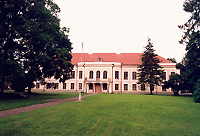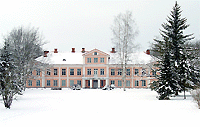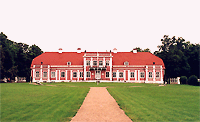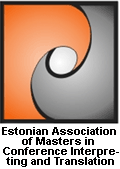Previous part (previous style)
 From the 1770s to the 1790s,
Baroque
started to blend little by little with stricter forms based on Antique examples. Dark walls were replaced by light ones. Windows became narrower and higher. Ancient Greek and Ancient Roman style pillars, triangle pediments and porticos adorned the facades.
From the 1770s to the 1790s,
Baroque
started to blend little by little with stricter forms based on Antique examples. Dark walls were replaced by light ones. Windows became narrower and higher. Ancient Greek and Ancient Roman style pillars, triangle pediments and porticos adorned the facades.
Earlier buildings, with dominating Baroque elements mixed with some elements of
classicism,
go under Late Baroque.
 Buildings where Classicist lines dominate, at the same preserving some Baroque elements at the same time, are generally called Early Classicist. The line between Late Baroque and Early Classicism is quite arbitrary and relative.
Buildings where Classicist lines dominate, at the same preserving some Baroque elements at the same time, are generally called Early Classicist. The line between Late Baroque and Early Classicism is quite arbitrary and relative.
Manor houses exhibiting elements of the two above-mentioned styles were erected in Estonia mainly in the period of 1770-1800.
 Some Baroque details were used to a small extent also later. The number of such manor houses is greater than that of manor houses in a pure style, as the construction activities that gained momentum in 1760s reached one of its peaks a bit before the year 1800.
Some Baroque details were used to a small extent also later. The number of such manor houses is greater than that of manor houses in a pure style, as the construction activities that gained momentum in 1760s reached one of its peaks a bit before the year 1800.
Examples of preserved Late Baroque manor houses:
Seidla,
Roosna-Alliku,
Kiltsi (in Virumaa county),
Sagadi,
Rägavere,
Vatla,
Helme,
Peningi (in ruins),
Anija (latest by the building year).
Examples of preserved Early Classicist manor houses:
Vääna,
Klooga,
Kostivere (changed after the fire in 1905),
Koigi,
Aruküla (in Järvamaa county),
Varangu,
Liigvalla,
Väätsa,
Vaimõisa,
Kabala (in Pilistvere parish),
Saadjärve,
Vana-Kuuste,
Väätsa.










